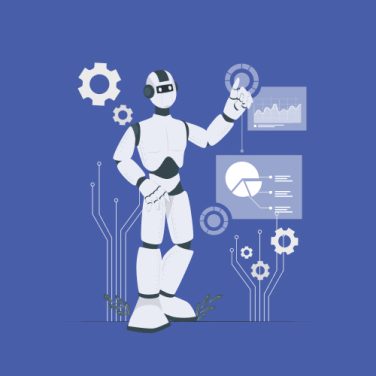In Malaysia, payroll compliance presents several challenges, especially with continually evolving local labour regulations.
Compliance involves ensuring that all payroll processes are aligned with laws such as the Fair Labor Standards Act and Malaysia’s Employment Act 1955.
These require meticulous attention to the details like employee classifications, tax withholding, and benefits deductions. Errors in compliance can lead to significant consequences, including fines and legal actions, making it crucial for businesses to maintain up-to-date payroll systems.
Why HR software matters
HR software is pivotal for streamlining payroll compliance.
A comprehensive HR software solution not only automates payroll calculations but also ensures adherence to Malaysian labour laws. By integrating with financial systems, these tools help reduce manual errors and enhance efficiency.
Tools like MiHCM Lite and MiHCM Enterprise, for example, offer efficient payroll management and compliance with local labour regulations, thereby mitigating risks of non-compliance while simplifying processes for HR teams.
By leveraging automated payroll compliance technology, businesses can focus on strategic HR functions rather than getting bogged down by administrative tasks.
Limitations of manual processes
Manual payroll systems in Malaysia present several complexities and operational challenges that can significantly affect payroll compliance.
Without automated systems, human error becomes a substantial risk, leading to inaccuracies in calculations that can result in costly financial penalties.
The complexity of manual processing extends to meticulous data entry, manual tax computations, and the labour-intensive task of updating payroll information to reflect changes in local labour laws, such as the Fair Labour Standards Act (FLSA) and other pertinent regulations.
Additionally, one of the primary drawbacks of manual payroll systems is their susceptibility to errors in employee classification which can lead to substantial fines under Malaysian labour regulations.
This issue is exacerbated by a lack of integration with existing financial systems, which can further delay the payroll process and impact timely and accurate salary disbursement.
Table: Comparing manual vs automated payroll systems
| Aspect | Manual Payroll Systems | Automated Payroll Compliance Technology |
|---|---|---|
| Accuracy | Prone to errors due to manual entry | Reduces errors with automated calculations |
| Time efficiency | Time-consuming and labour-intensive | Streamlines processes, saving time |
| Regulatory compliance | Risk of non-compliance due to manual oversight | Ensures compliance with local laws |
| Integration | Lacks seamless integration with financial systems | Integrates efficiently with existing HR and financial systems |
Cost-benefit analysis
Investing in HR software for payroll compliance in Malaysia is not only a strategic decision but also a financially sound one.
The initial cost of implementing such software may seem substantial; however, the return on investment (ROI) is remarkable.
By automating payroll processes, businesses can significantly reduce the likelihood of costly errors and penalties associated with non-compliance.
This automation not only guarantees precision but also ensures adherence to Malaysia’s local labour laws, minimising risks of legal complications.
Long-term benefits of compliance
- Enhanced efficiency: Automated payroll systems streamline operations, eliminating repetitive manual tasks and freeing up valuable HR resources for more strategic endeavours.
- Scalability: As businesses grow, HR software like MiHCM Lite and Enterprise easily scales to accommodate increased payroll demands without compromising on accuracy or compliance.
- Data reliability: By utilising advanced HR analytics, such systems provide insights that inform better decision-making, boosting overall organisational performance.
Furthermore, automated payroll compliance technology provides peace of mind to business owners and HR professionals by ensuring that all legislative requirements are met meticulously.
This proactive approach not only safeguards against potential fines but also sustains a harmonious work environment, fostering workforce satisfaction and stability.
How software ensures compliance
HR software plays a pivotal role in ensuring payroll compliance by automating complex calculations, adhering to local labour laws, and managing employee data efficiently.
It is designed to eliminate the errors associated with manual payroll systems, thereby reducing the risks of non-compliance.
By consistently updating to align with regulations like the Fair Labour Standards Act and the Equal Pay Act, HR software helps businesses stay compliant with both federal and state guidelines.
Technology vs manual systems
When contrasting technology with manual payroll systems, the advantages are clear.
Automated payroll compliance minimises human errors and improves data accuracy, which staves off inaccuracies that can lead to fines or audits. Unlike manual systems, where payroll compliance technology streamlines operations, HR software integrates seamlessly with financial systems to provide a holistic view of payroll processes.
If you’re looking to make informed decisions regarding HR software, it’s crucial to understand how these systems can save time, reduce errors, and help maintain compliance effortlessly.
Consider solutions like MiHCM, which offer robust features tailored to streamline HR and payroll functionalities, ensuring full adherence to local laws and enhancing productivity.



